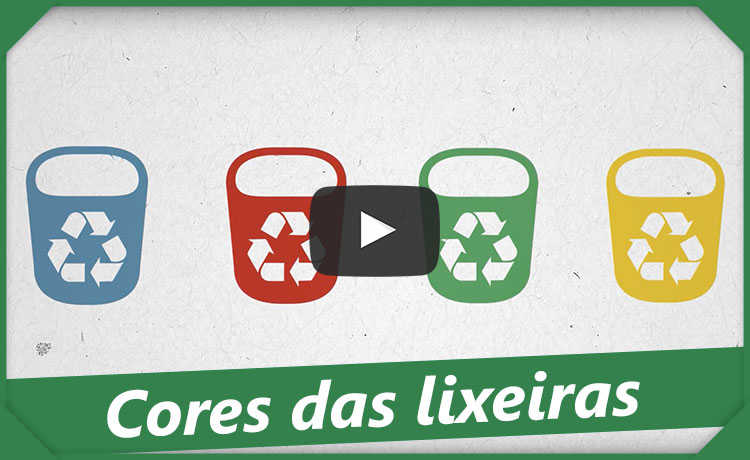New Treatment Reduces Pain in Fibromyalgia Patients
Equipment developed at the Optics and Photonics Research Center, with simultaneous laser and ultrasound applications, has analgesic and anti-inflammatory action

Image: Photo of the equipment developed by the Optics and Photonics Research Center. Photo: Disclosure
A new equipment, which allows the combined emission of low-intensity laser and therapeutic ultrasound, has considerably reduced the pain of patients with fibromyalgia.
The application on the palms of the hands, and not on the pain points spread throughout the body, is presenting greater analgesic and anti-inflammatory action. As a result of pain reduction, patients also had improved sleep, ability to perform daily tasks and overall quality of life.
In an article published in Journal of Novel Physiotherapies, researchers at the Research Center in Optics and Photonics (CEPOF) – a Research, Innovation and Diffusion Center (CEPID) supported by FAPESP – describe the simultaneous application of laser and ultrasound for three minutes in the palm of the hand of patients diagnosed with fibromyalgia , in a total treatment of 10 sessions, twice a week.
“There are two innovations in the same study: the equipment and the treatment protocol. By performing the combined emission of ultrasound and laser, we were able to normalize the patient's pain threshold. The treatment on the palm of the hands, on the other hand, contrasts with the type of care provided today, which is very focused on the pain points”, said Antônio Eduardo de Aquino Junior, a researcher at the São Carlos Institute of Physics (IFSC) of the University of São Paulo (USP), one of the authors of the article.
In the study, supervised by Vanderlei Salvador Bagnato, full professor and director of IFSC-USP, 48 women aged 40 to 65 years diagnosed with fibromyalgia were divided into six groups of eight at the Clinical Research Unit, a partnership between IFSC and Santa Casa de Misericórdia of St. Charles.
Three groups received laser, ultrasound or combined ultrasound and laser emissions in the trapezius muscle region. The other three groups focused on the treatment on the palms of the hands.
The results showed that the treatment performed on the hands was more efficient for the three types of techniques, and the treatment with a combination of laser and ultrasound offered significant improvements to patients. The evaluation of results with each type of application was based on protocols such as the Fibromyalgia Impact Questionnaire (FIQ) and the Visual Analog Scale (VAS).
Comparing ultrasound, laser and ultralaser applied to the trapezius muscle, there was a percentage difference of 57.72% in functionality improvement and 63.31% in pain reduction for the ultralaser group. In the comparison between the treatment of the trapezius muscle and the palm of the hands with an ultralaser, there was a percentage difference of 75.37% in the reduction of pain for the treatment focused on the palms of the hands.
sensitive points
The idea of testing the effects of the new equipment in applications in the hand region arose from a review of the scientific literature.
“Previous studies have indicated that patients with fibromyalgia have a greater amount of neuroreceptors near the blood vessels in the hands. Some patients even have red dots in this region. Therefore, we changed the focus and tested the direct action on these sensory cells in the hands and not only on the so-called trigger points of pain, such as the trapezius muscle, a region normally of great pain for fibromyalgia patients”, said Juliana da Silva Amaral Bruno, physiotherapist and first author of the study.
The study showed that the action on the hands has resulted in all pain points in the patients' bodies. The same group published another article, also in Journal of Novel Physiotherapies, on a case study of the application of the equipment in pain points. Although the results of this first study were satisfactory, it was not possible to reduce the patients' pain globally.
“The results of applying ultrasound and laser combined in pain points, such as the trapezius muscle, were extremely positive, but they were unable to reach the other main innervations affected by the disease. On the other hand, the treatment in the palm of the hands had an overall result, restoring the patients' quality of life and, of course, eliminating the pain”, said Bruno.
According to the study, the normalization of both peripheral and cerebral blood flow from the sensitive areas of the hands promotes, throughout the sessions, the normalization of the patient's pain threshold.
“It is important to remember that this is not a cure, but a form of treatment in which it is not necessary to use medication,” Aquino told Agência FAPESP.
Fibromyalgia is an invisible chronic disease that affects 3% to 10% of the world population, with a higher occurrence in women. Despite constant pain throughout most of the body, patients do not experience tissue damage, inflammation or degeneration. The disease is also shrouded in two other mysteries: the cause is still unknown, much less the cure for it.
The standard treatment is based on the practice of physical activity, anti-inflammatory drugs, analgesics and psychological therapy, as patients often still have extreme tiredness, difficulty concentrating, dizziness and depression and anxiety.
According to Aquino, the new equipment that makes the combined emission of ultrasound and laser should reach the market in early 2019. It is being tested by CEPOF researchers for other pathologies.
“We are doing tests in osteoarthritis, in the knee, hand and foot, and the result has also been interesting. Other projects are being set up for other diseases”, said the researcher.










